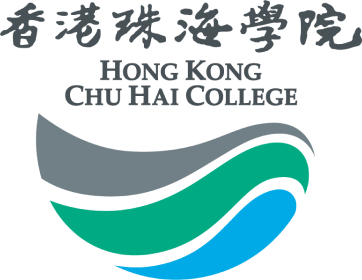
Headline_news
Talk: Yulan Festival Mass Ritual Organised by the Tung Wah Group of Hospitals
11-17,2020
The Yulan Festival Mass Ritual literally means many people uniting together to establish an extensive network of good relationships and achieve merit and virtue through the network. In Guangdong, the mass ritual organised by civil communities originated in the Guangxu period of the late Qing dynasty, and was often called "a charitable assembly of ten thousand people". The mass ritual was not a regular religious ceremonial activity. It could last seven, nine or fourteen days and nights. Most of the rituals were held in the seventh or ninth month of the lunar calendar.
In 1935, the Tung Wah Group of Hospitals (TWGHs) organised the first Yulan Festival Mass Ritual at Tung Lin Kok Yuen, which was founded in the same year, to comfort the souls after disasters over the years. TWGHs held the Yulan Festival Mass Rituals seven times between 1935 and 1958, with the aim of saving souls through redemption. In addition to the religious function of salvation, the Yulan Festival Mass Rituals aimed to raise funds for philanthropic work. The Yulan Festival Mass Rituals established by the Guangzhou Fangbian Hospital and TWGHs subsequently became a blueprint for similar mass rituals elsewhere in Southeast Asia.
| Date | 9 January 2021 (Saturday) |
| Time | 3:00 pm – 5:00 pm |
| Venue | Theatre, 1/F, Hong Kong Heritage Museum |
| Speaker | Prof. YAU Chi On Associate Professor, Department of Chinese Literature cum Associate Director, Centre for Hong Kong History and Culture Studies of Chu Hai College of Higher Education |
| Details | Hong Kong Heritage Museum Website: Special Programmes in association with the Exhibition "Hand-in-Hand for Benevolence: Tung Wah's Fundraising Culture and Social Development" |




